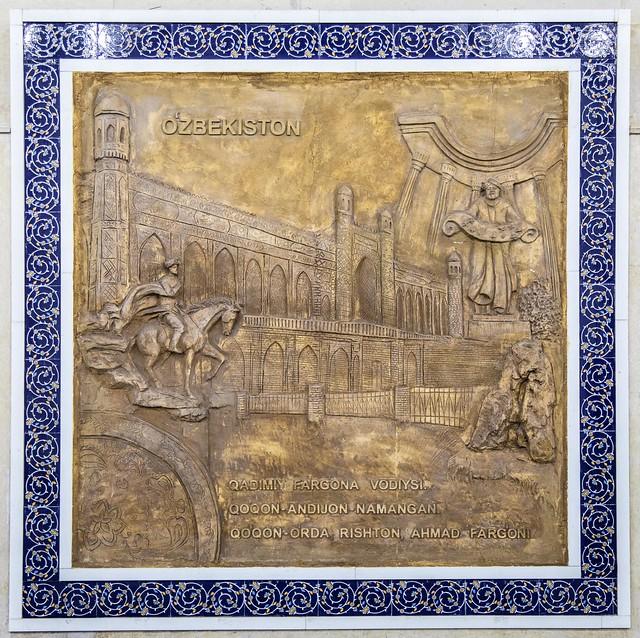Mŭynoq
Overview
Mŭynoq, once a bustling fishing port on the shores of the Aral Sea, is now a poignant symbol of environmental change and human resilience in Karakalpakstan, Uzbekistan. The city’s history is intricately linked to the Aral Sea's dramatic shrinkage, which has transformed the landscape and the livelihood of its inhabitants. As you wander through Mŭynoq, you can sense the echoes of a vibrant past, where the sea thrived with fish and life flourished. Today, remnants of the once-busy harbor and the iconic rusted ships stranded in the desert serve as a somber reminder of ecological catastrophe.
The atmosphere in Mŭynoq is unique, blending a sense of nostalgia with the stark realities of its present. The town is characterized by its desolate beauty, where the arid landscape meets the remnants of maritime history. As you explore, you’ll find the **Ship Graveyard**, an eerie yet captivating site that features abandoned fishing vessels, now marooned far from the water. This area draws photographers and travelers alike, capturing the haunting beauty of rusting metal against the backdrop of an endless sandy horizon. The contrast of the blue sky with the ochre and rust tones of the ships creates a striking visual narrative of loss and transformation.
The local culture of Mŭynoq is deeply rooted in the traditions of the Karakalpak people, who have adapted to the changing environment. Despite the challenges posed by the shrinking sea, the community maintains a strong sense of identity and pride. Visitors can engage with local artisans, who create traditional crafts that reflect the heritage of the region. The **Karakalpakstan Museum of Art** showcases the vibrant culture through its collection of local artworks, textiles, and handicrafts. This museum not only offers insights into the artistic expressions of the area but also serves as a cultural hub for discussions about conservation and the future of the Aral Sea.
In addition to its historical and cultural significance, Mŭynoq offers a unique opportunity for ecotourism. The surrounding area is home to diverse wildlife and offers a glimpse into the efforts being made for ecological restoration. Birdwatchers will find the wetlands near the former coastline a haven for migratory birds, making it an ideal spot for nature enthusiasts. Engaging in local eco-projects or community initiatives can provide visitors with a deeper understanding of the region's ecological challenges and the innovative approaches being taken to address them.
Dining in Mŭynoq allows travelers to experience local flavors and culinary traditions, with dishes often featuring fresh catch from the nearby waters—though limited at this time—alongside traditional Uzbek fare. Cafes and small eateries serve up hearty meals, where you can enjoy **plov** (a fragrant rice dish) and **lagman** (noodle soup), often accompanied by warm bread and fresh salads. The hospitality of the locals adds a personal touch to every meal, making it a memorable part of your visit.
In summary, Mŭynoq is more than just a destination; it is a testament to the resilience of its people and the enduring beauty of nature. The juxtaposition of its historical significance and the ongoing environmental narrative makes it a compelling stop on any traveler’s journey through Uzbekistan. Whether you are exploring the remnants of its maritime history, engaging with the local culture, or witnessing the poignant landscape, Mŭynoq offers a unique window into the broader story of the Aral Sea and its impact on the region.
Other towns or cities you may like in Uzbekistan
Explore other cities that share similar charm and attractions.




